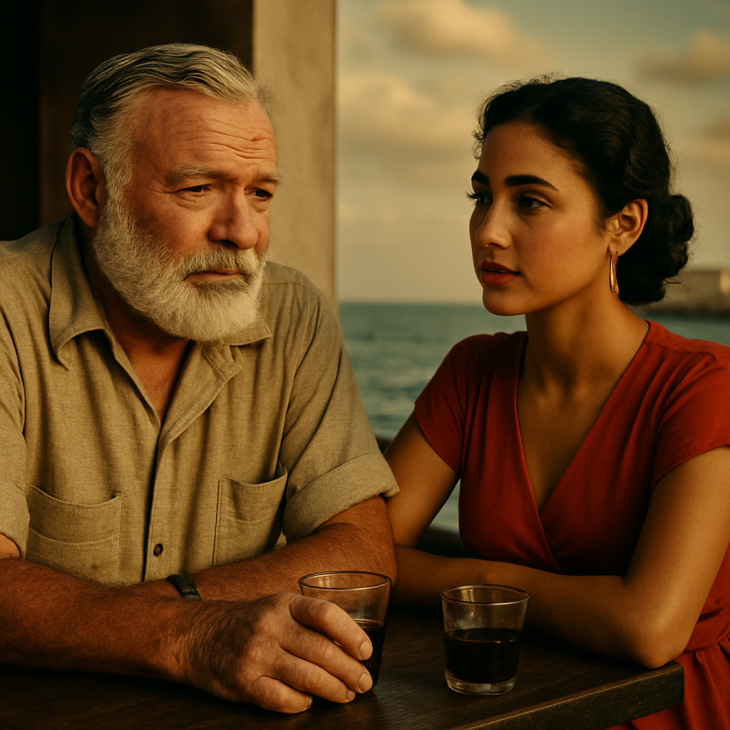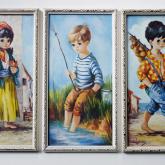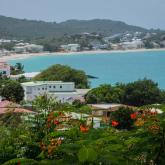
By Publisher Ray Carmen
It’s whispered in Havana’s backstreets and old hotel lounges , the tale of a woman known only as Isabel.
She wasn’t a writer, a war correspondent, or a political figure. She was a singer, some say, or a bartender’s niece, others claim. What’s certain is that during the golden dusk of the 1940s, while Hemingway was living at Finca Vigía with one woman and writing letters to another, there was a third.
Tall, with olive skin and a voice like molasses, Isabel met Papa Hemingway at La Terraza, a modest fishing town bar in Cojímar. He was weather-beaten, brooding, always scribbling notes between glasses of rum. She was half his age, full of fire, and quick to laugh at his terrible Spanish.
They met under pretense ,she offered to help him with the local idioms for a story. But before long, locals noticed the great author arriving earlier, staying later, and watching the sea not for fish , but for her.
Their affair, as the story goes, was brief but burning. She inspired fragments of characters, lines of dialogue, and the kind of regret that hides in Hemingway’s silences. Some say she’s the shadow behind the unnamed woman in his short story “The Sea Change.” Others say Isabel herself was fiction ,a ghost born from the haze of cigars and nostalgia.
But the old men in Cojímar will tell you:
“Papa Hemingway didn’t just fish in our waters. He left his heart here, too.”
No one knows what became of Isabel.
But ask the right bartender in Havana, and you might hear her song drifting through the rum-soaked memory of a man who once loved the sea — and something far more dangerous.




